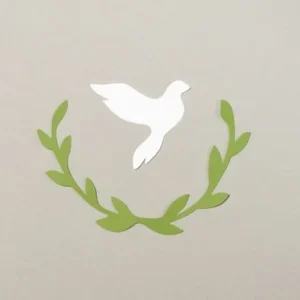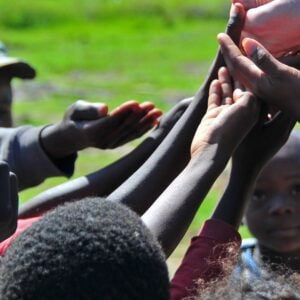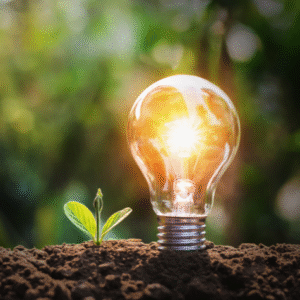Across the Lake Chad Basin, communities are beginning to witness a revival of livelihoods and hope after years of conflict and climate shocks. In Chad’s Kouloudia Sub-Prefecture, farmers like Achta—once forced to abandon their land—are now harvesting abundant crops thanks to improved irrigation and agricultural support. Her story illustrates how access to water and modern farming tools has transformed once-barren land into productive fields, doubling cultivated areas and significantly increasing yields.
Once one of the largest freshwater lakes in the world, Lake Chad has lost nearly 90% of its surface area since the 1970s, devastating local economies dependent on farming and fishing. The region’s decline was compounded by violent insurgencies that displaced millions across Chad, Cameroon, and Niger. To reverse this crisis, the three countries partnered with the World Bank and other organizations in 2020 to launch the Lake Chad Region Recovery and Development Project (PROLAC), a $170 million initiative designed to restore livelihoods, rebuild local economies, and foster regional cooperation.
Over the past five years, PROLAC has supported more than 434,000 people by restoring water basins and irrigation systems, distributing seeds and equipment, and rehabilitating abandoned agricultural lands. In Chad, over 2,400 hectares of polders have been reclaimed using solar-powered pumps, while Niger’s oasis basins have created jobs and boosted women-led value chains in onion and pepper production. In Cameroon, the project rapidly restored roads and hydraulic infrastructure damaged by floods, ensuring continued market access and community resilience.
Beyond farming, PROLAC has focused on job creation and market connectivity. Through labor-intensive public works, it has employed 50,000 people—many of them women and youth—who are rebuilding rural roads, irrigation canals, and storage facilities. These efforts have generated both immediate income and long-term economic benefits. More than 100,000 farmers now report higher yields and improved crop quality, while rehabilitated markets have revived local trade.
In Ndarangou, Chad, local trader Alhadj Ousmane notes how the once fragile rural market has been transformed with durable structures, solar power, and better facilities for food storage and sales. This transformation, echoing across the Lake Chad region, symbolizes a new era of resilience and recovery—one where communities are once again harvesting not just crops, but hope for the future.







